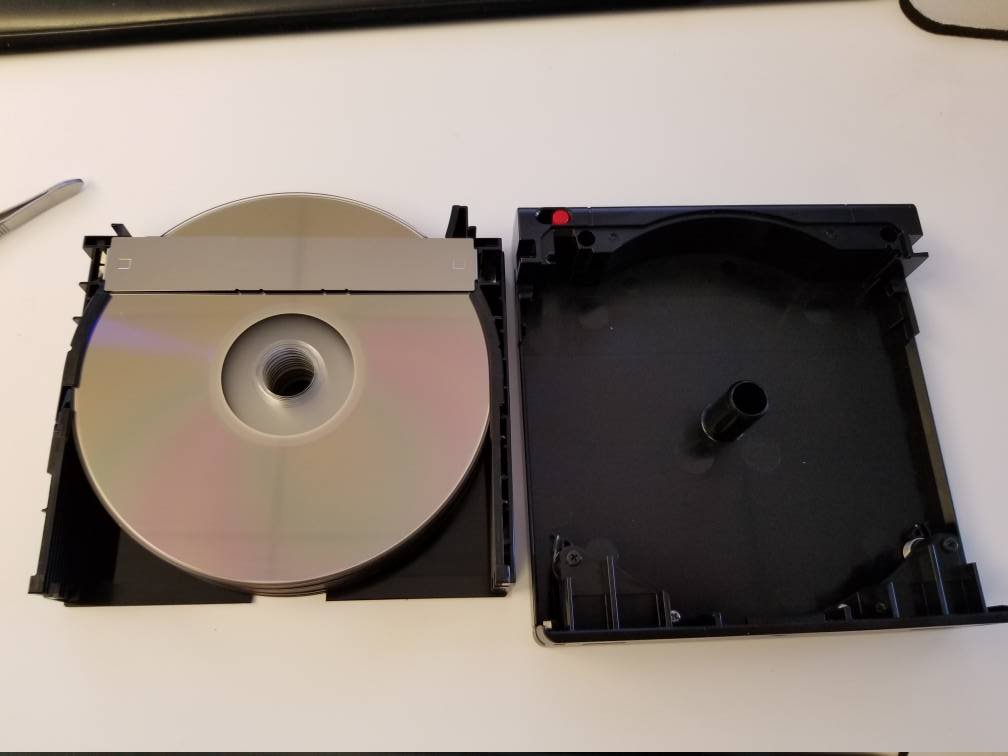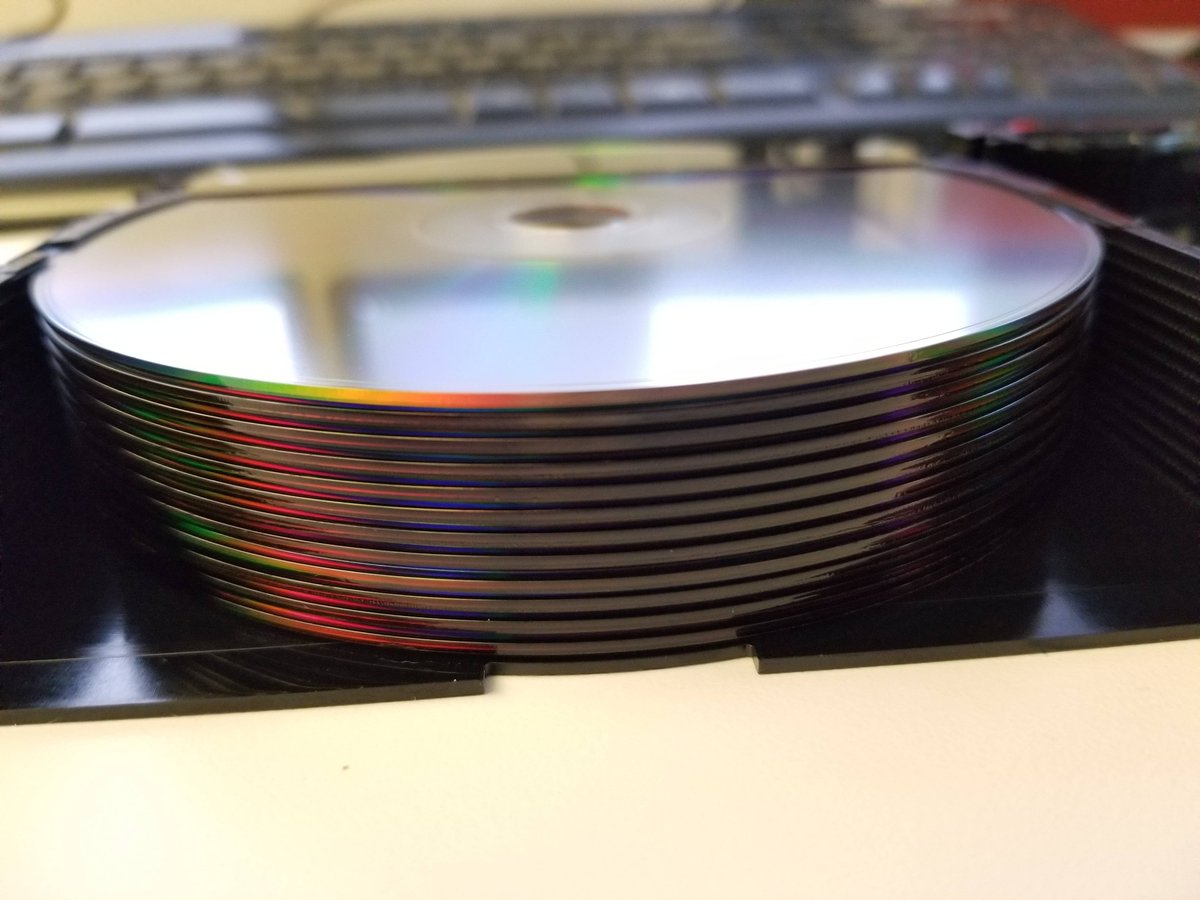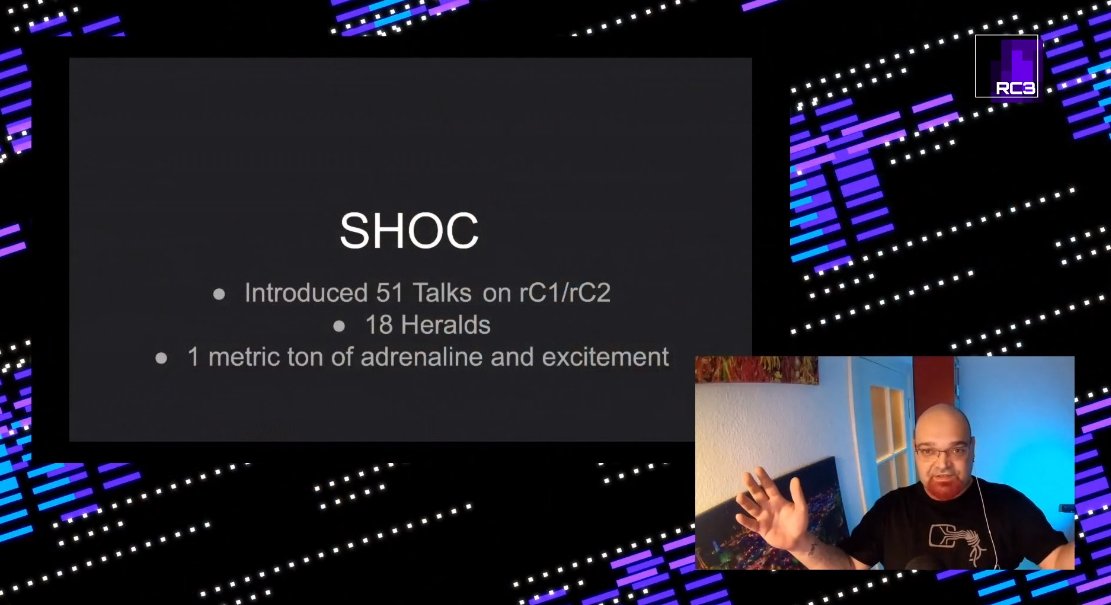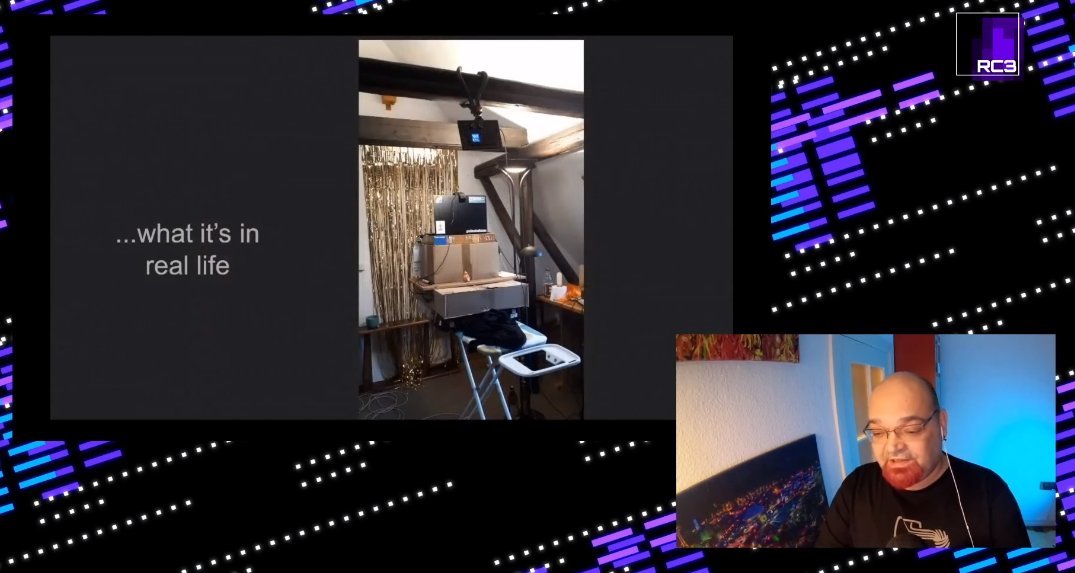
I'm pretty sure whoever designed this control usually makes gender selectors for websites...
Poly Bridge has a language SLIDER.


so they won without placing any bridge pieces? that sounds hard.


Sadly, no: they've moved to a much more sensible drop-down

name length: [slider 1-10]
letter 1: [slider a-z]
letter 2: [slider a-z]
letter 3: [slider a-z]

1. the leaderboard contains videos. these are just mp4 files of the game being played
2. the leaderboard contains the data for the bridge designs, and it's being rendered in-game
and even though people aren't hacking 0$ wins into the leaderboard now doesn't mean they aren't cheating. They just do it with physics, not RAM hacking

They made a "bridge" which is a bit of dense road that falls and crushes the car, but since cars can't "crush", the physics engine ends up squirting them out like a watermelon seed

1. it's talking to cloudflare
2. it's using TLS
3. it's probably about 750 kilobytes for one playback
and #1 and #3 mean it's probably just videos. tiny videos.
does it compress the videos in the client and upload them to the server?
or does it upload the solution to the server and let it render them?
More from foone
Everyone likes to forget this episode just because it's terrible, but we were really sleeping on inherent comedy in a unfreezing an investor 300 years in the future and having them discover we've transitioned to a moneyless post-scarcity utopia.
it's like a classic twilight zone episode.
in fact, it IS a twilight zone episode.
The Rip Van Winkle Caper, Season 2, episode 24.
Four criminals steal a million dollars of gold bars, then put themselves in suspended animation for a hundred years to hide from the law.
they wake up, then start killing each other from mistrust, then the last one dies in the desert, as he offers a gold bar to the driver of a passing car, asking for water and a ride into town
the confused driver walks back to his car with the bar, and his wife asks what the gold bar is.
he says something like "It's gold... they used to use this for money, before we figured out a way to manufacture it."
He tosses it away, and drives off.
— Star Trek Minus Context (@NoContextTrek) January 28, 2021
it's like a classic twilight zone episode.
in fact, it IS a twilight zone episode.
The Rip Van Winkle Caper, Season 2, episode 24.
Four criminals steal a million dollars of gold bars, then put themselves in suspended animation for a hundred years to hide from the law.
they wake up, then start killing each other from mistrust, then the last one dies in the desert, as he offers a gold bar to the driver of a passing car, asking for water and a ride into town
the confused driver walks back to his car with the bar, and his wife asks what the gold bar is.
he says something like "It's gold... they used to use this for money, before we figured out a way to manufacture it."
He tosses it away, and drives off.




































